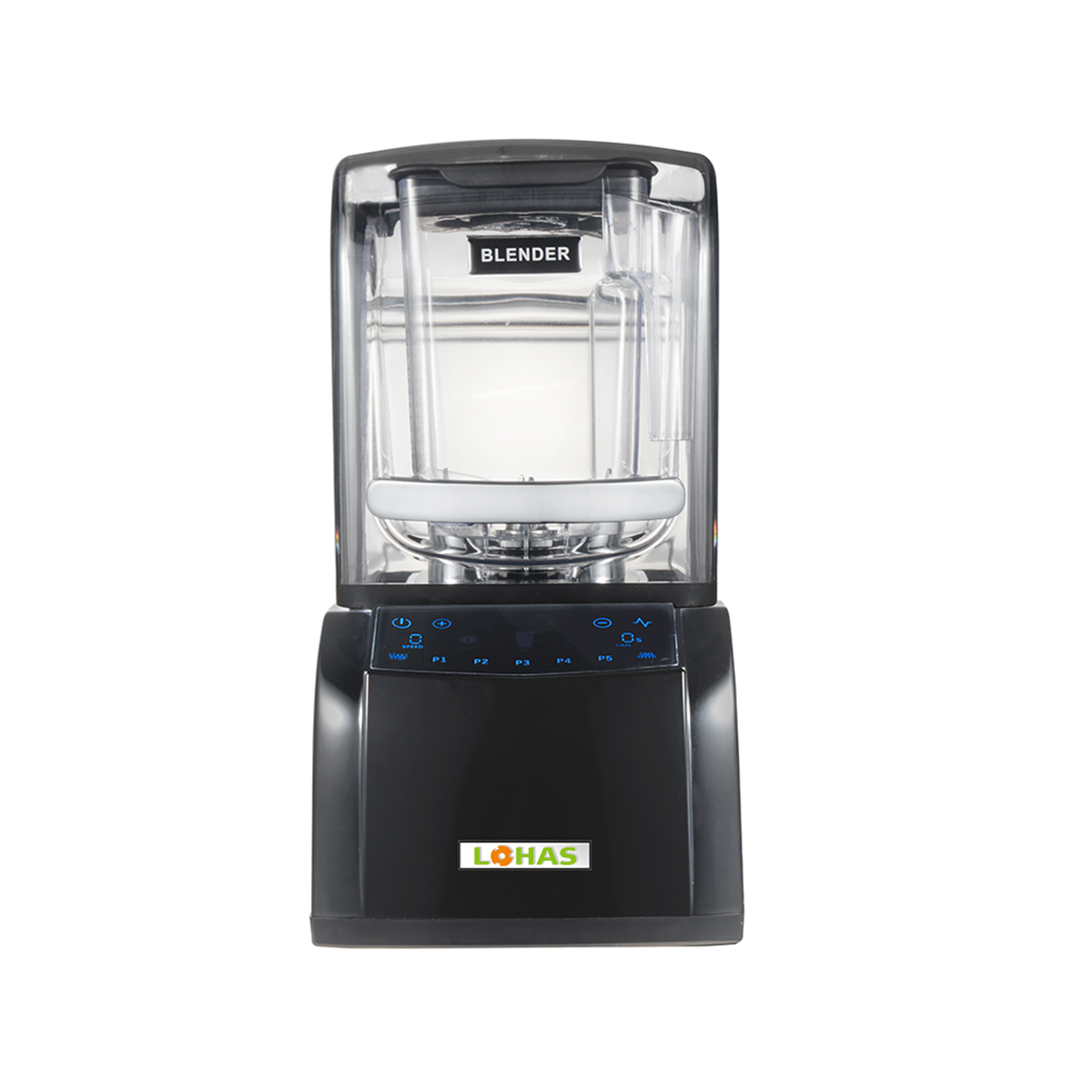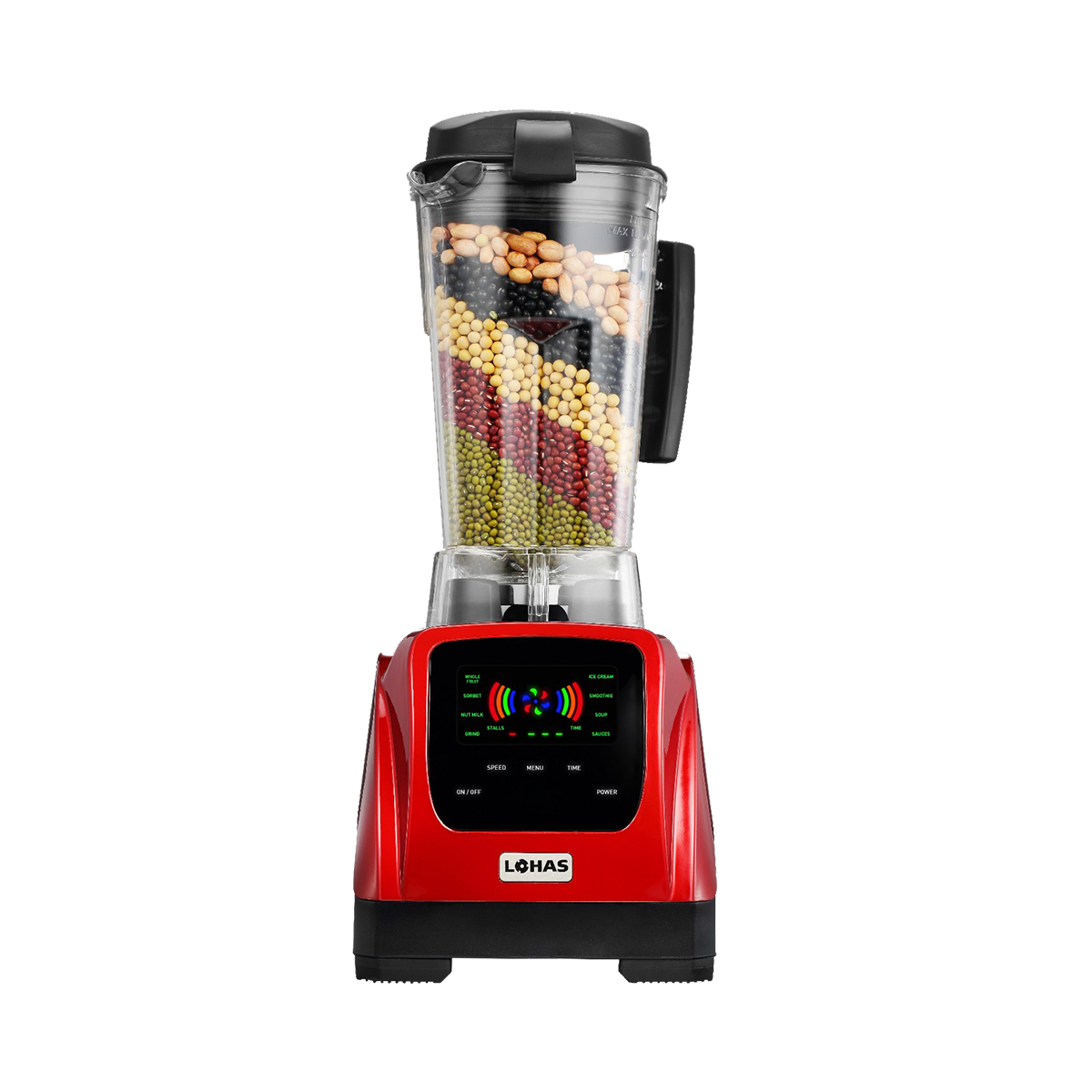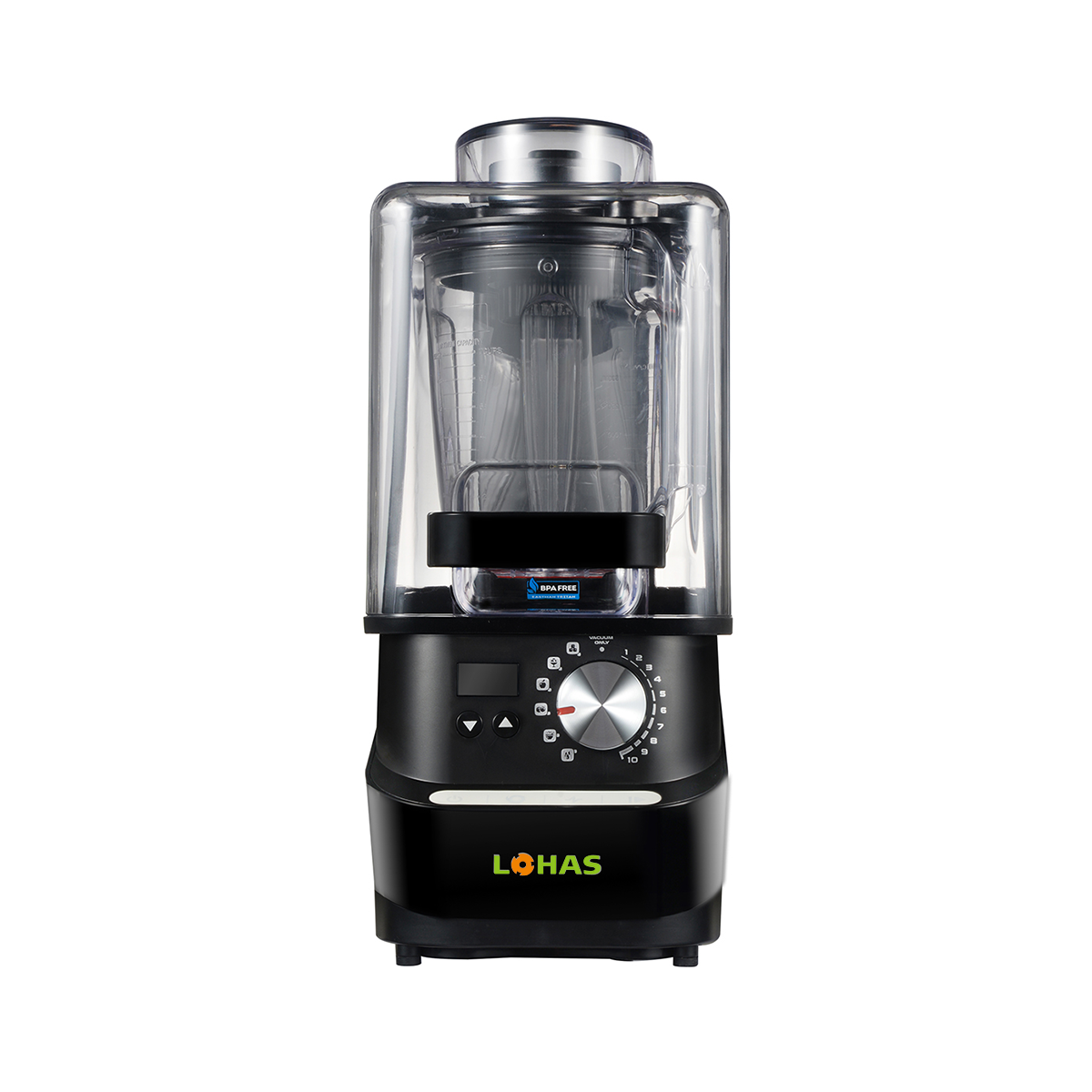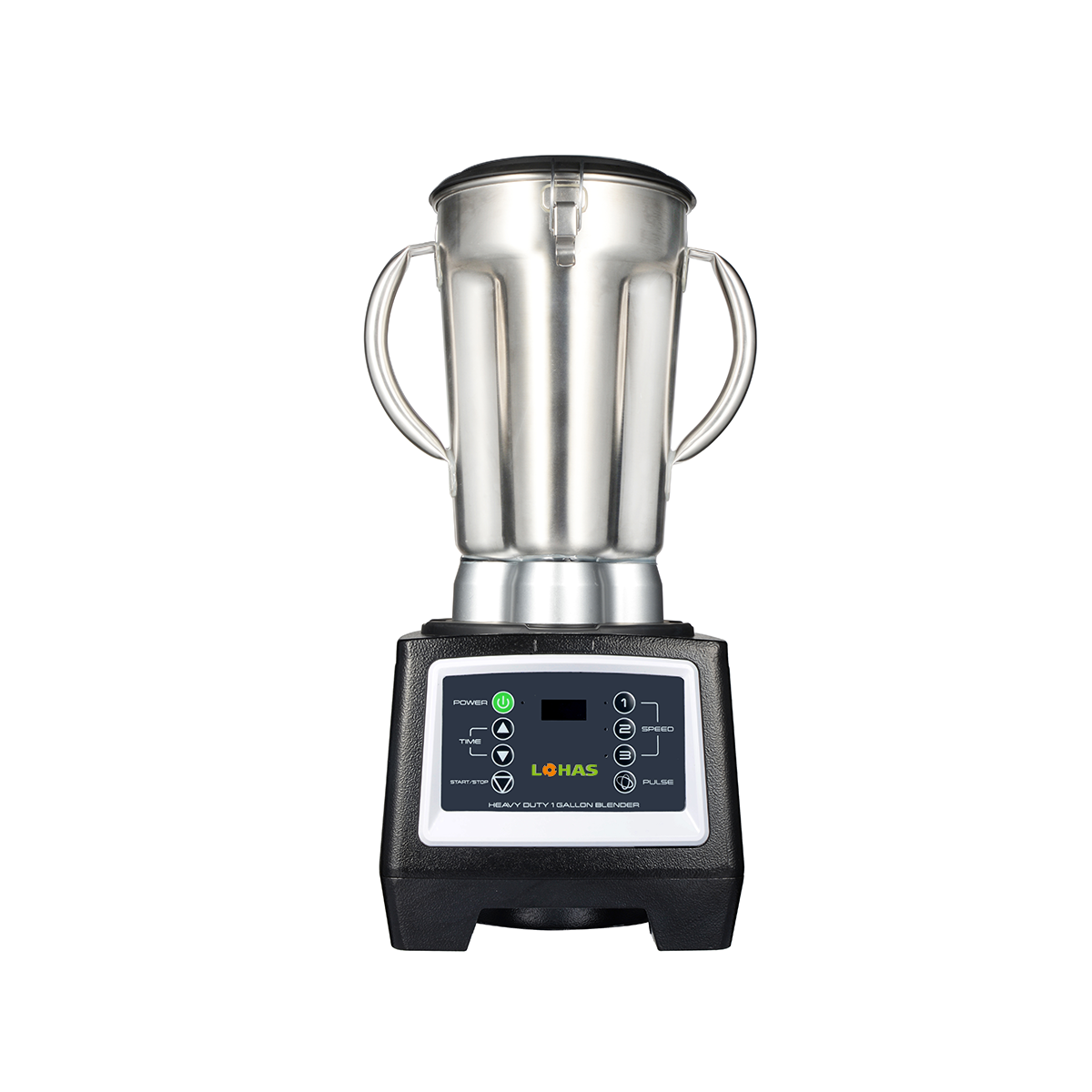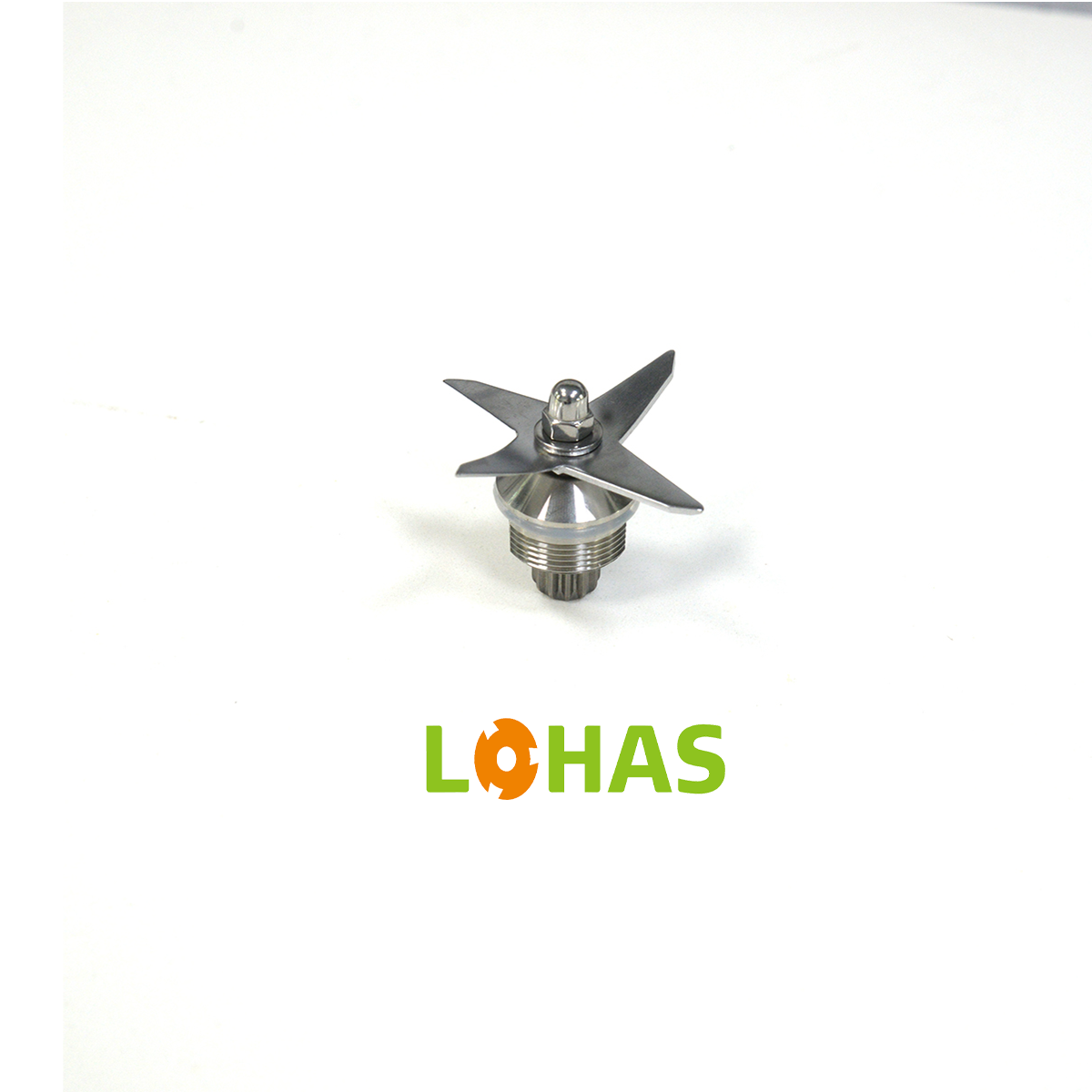Daglig rengøringsrutine for din elektriske blender
Hvorfor det er vigtigt at rengøre med det samme efter brug
At vaske din elektriske blender med det samme efter hver enkelt brug er meget vigtigt for at holde den ren og effektiv. Når madrester tørrer og hærder, bliver de vanskelige og besværlige at fjerne. Derudover er der risiko for, at disse rester bliver et yngelsted for bakterier, hvis de ikke fjernes – hvilket ikke er særlig fødevaresikkerhed. Vi kan også undgå krydssmitte mellem forskellige fødevarer ved at holde en god rengøringspraksis efter brug, og dette bidrager til bedre hygiejne i køkkenet. Regelmæssig rengøring sikrer blenderens pålidelighed, forhindrer fejl og opbygning af snavsrester.
Undgå ophobning af rester i knivene
At skylle blenderknivene straks efter brug kan gøre en stor forskel for at holde dem rene og undgå opbygning af mere vedhæftende rester. Knivene bør rengøres regelmæssigt for at opretholde optimal ydelse, da der kan sidde fødevarerester fast i det skarpe skæremekanisme. Desuden kan rester fremme rustdannelse og til sidst beskadige knivene. For sværtilgængelige områder kan en lille børste være afgørende. Den når ind i alle de små kroge og sprækker, så ingen rester bliver tilbage. Det gode budskab er, at med kun et par minutters pleje kan vi få vores pålidelige blender til at fungere i mange år fremover, og den holder i måneder ad gangen.
Ugentlig grundig rengøringsplan
Sikker admontering af dele
Når du vil grundigt rengøre din elektriske mixer en gang om ugen, er det vigtigt at adskille delene sikkert. Start med at fjerne mixeren, efter at have taget den ud af stikkontakten af hensyn til sikkerheden. Det gøres for at undgå risikoen for elektrisk stød eller at aktivere stafetten i panik! Mens du fjerner delene, skal du lægge mærke til rækkefølgen, du gør det i, så du lige så nemt kan samle mixeren igen efter rengøringen. Brug om nødvendigt egnede værktøjer til forsigtigt at adskille delene – især komponenter, der er skruet sammen, må ikke tages især eller bøjes fra hinanden, så de ikke går itu.
Brug af eddike- eller baksodavand
Brug en opløsning af eddike eller baksoda. Gør grundig rengøring af din blender til en nem opgave. Eddike er et helt naturligt desinfektionsmiddel og virker også som et fremragende lugtfjerner; det efterlader alt med en ren og frisk duft, når arbejdet er udført. Lidt vand og baksoda danner et mildt slibemiddel, som er fremragende til at fjerne de mere vedholdende pletter og aflejringer uden at ridse overfladen. Sørg for, at de skylles grundigt bagefter, og så kan du være sikker på, at det er sikkert at rengøre din elektriske blender, og den vil være som ny!
Inspection af tætninger og pakninger
Et tredje vigtigt trin er at tjekke tætninger og pakninger hver uge under din almindelige rengøring. Periodiske undersøgelser er vigtige for at sikre, at disse komponenter er i god stand og udfører deres funktion effektivt. Flade tætninger kan forårsage utætheder eller andre problemer med blenders blandingsevne. Hvis der opdages slitage på tætningerne, anbefales det at udskifte tætningerne længe før de går helt i stykker, så undgås yderligere problemer, og din maskine kan forblive i drift i mange år fremover.
Månedlige vedligeholdelseskontroller
Månedlige vedligeholdelseskontroller er afgørende for at holde din blender kørende problemfrit og effektivt. Ved at håndtere væsentlige aspekter såsom smøring og udskiftning af knive sikrer vi, at blenden fungerer optimalt.
Smørning af bevægelige komponenter
At smøre de bevægelige dele af din blender er afgørende for, at alt fungerer effektivt. Fødevaresikre smøremidler beskytter komponenter mod korrosion og kan forlænge udstyrets levetid. Rådfør dig altid med producentens anbefalinger for korrekt smøring, da forkert smøring kan ophæve din garanti eller føre til mekanisk svigt. Ved at holde disse dele ordentligt smurt, kan du forlænge din blenders levetid og samtidig sikre, at den fungerer problemfrit og uden fejl.
Udskiftning af Slidte Klinge
At tjekke klingens stand er en vigtig del af at sikre effektivitet ved blanding og fødevareforarbejdning. Skarpe klinger er afgørende for god ydelse; udskift dem, når klingerne er sløve eller beskadigede. De fleste producenter inkluderer generelt anvisninger for, hvor ofte klinger skal udskiftes afhængigt af brugen, så det er en god idé at tjekke disse anbefalinger med jævne mellemrum. Denne proactive adfærd vil sikre, at din blandingsevne er optimal, og ikke hæmmer dine kogekunst-resultater.
Ved at overholde disse månedlige tjek opretholder du din blenders levetid og funktionalitet og sikrer, at den forbliver et pålideligt redskab i dit køkken. Ved regelmæssigt at tage højde for smøring og klingestand holder du din blender kørende problemfrit i årevis.
Tegn på, at du ikke rengører ofte nok
Vedvarende lugt trods rengøring
Hvis du opdager ubehagelige lugte, der hænger ved, efter at du har vasket din blender, kan det være et tegn på opbygning af rester i trange og svære at rengøre steder. Lugt fra blenders kan være et vigtigt tegn på, at der ikke kun er usynligt for dig, men at bakterier har slået sig ned uden, at du overhovedet har bemærket det. Det kan også være klogt at grundigt tjekke svære at nå steder, såsom i blenderens motorbase, hvor fødevarerester kan sidde fast, for at forhindre uappetitlige lugte.
Nedsat blendingeffektivitet
Hvis din blender tydeligt er blevet mindre effektiv, kan det være et tegn på, at knivene er sløve, eller at der er stor mængde rester, der er opbygget på dem. Din smoothieblender skal fungere effektivt for at skabe en jævn blanding, men hvis du får klumper, er det måske tid til at overveje, hvordan du vedligeholder den. Ikke alene optimerer rutinemæssig rengøring ydeevnen, det er den eneste og vigtigste vedligeholdelse, vi kan gøre for at sikre apparatets levetid.
Synlig skimmelsvamp eller mineralske aflejringer
Når der opstår skimmelsvamp eller mineralaflejringer, er det et klart tegn på, at nogle dele af din blender ikke rengøres og tørres ordentligt efter hver brug. Almindelige tjek og forebyggelse kan reducere sundhedsproblemer, der opstår på grund af disse forureninger. Synlige aflejringer? Så er det på tide at øge tempoet og rengøre blenderen oftere, inden der vokser rastløse bakterier i den. Skimmelsvamp i en blender er et sikkert tegn på, at det er tid til at skrue op for rengøringen.
Opvaskemaskinesikkerhed for blenderdele
Undgå varmeskader på plast
Flere dele af blenderen kan sandsynligvis bukke eller blive beskadiget, når de udsættes for temperaturer i opvaskemaskinen. Især plastdele skal undersøges grundigt, inden de sættes i opvaskemaskinen. Husk altid at tjekke producentens instruktioner for at sikre, at delene er egnet til opvaskemaskine. Hvor der er tvivl, bør du være forsigtig og vælge at vaske delene i hånden. Denne metode er typisk sikrere og mere skånsom over for følsomme dele og hjælper med at forlænge levetiden på din blender.
Tørringsprocedurer efter opvask i opvaskemaskine
Giv blenderens dele tilstrækkelig tid til fuldstændigt at tørre efter vask eller skylning. Skimmelsvamp kan vokse i ethvert fugt, der er tilbage, og hvis det ikke behandles, kan de elektroniske komponenter beskadiges. Når du har vasket hver del, skal du sørge for, at den er helt tør. Dette kan gøres med et rent viskelæredug eller ved at lade delene lufttørre på et godt ventileret sted. At gøre dette efter hver brug hjælper ikke kun med at forlænge levetiden på din blender, men bidrager også til at forhindre uønskede helbredsrisici forbundet med skimmelsvamp.
Langtidshåndtering for blenderens levetid
Opbevaring af komponenter adskilt
Blenderdele bør adskilles for at undgå beskadigelse. Hvor klinger og andre dele opbevares i kontakt med hinanden, kan dette føre til ridser eller mærker, især under håndtering eller transport. For at forhindre dette foreslår jeg at bruge opbevaringskasser eller reoler, der kun er beregnet til køkkenapparater. Disse værktøjer organiserer ikke blot alt, men gør det også lettere at vedligeholde dit udstyr, når de er åbne. At tage sig af din blender er simpelt og har stor betydning for at forlænge levetiden på din enhed og holde den i en stand som ny.
Når man skal søge professionel service
At vide, hvornår din blender skal serviceres professionelt, kan gøre hele forskellen for din enhed. Hvis du bemærker underlige lyde eller en nedsat ydelse, bør du overveje at kontakte en professionel. At give dine rotter regelmæssige faglige undersøgelser kan løse problemer, inden de bliver alvorlige. Og jo mere detaljeret du kan følge reparationer/servicehistorik, desto bedre er det også. Denne optegnelse hjælper ingeniører med lignende problemer i fremtiden under fejlfinding. Ved at prioritere professionel pleje sammen med din almindelige vedligeholdelse sikrer du, at din blender fortsat yder optimalt i hele maskinens levetid.
Ofte stillede spørgsmål
Hvorfor er umiddelbar rengøring efter brug vigtig for min blender?
Umiddelbar rengøring forhindrer vedhæftende rester og bakterievækst, som kan kompromittere madhygiejnen og din blenders effektivitet.
Hvordan undgår jeg opbygning af rester i blenderskærmen?
At skylle knivene straks efter brug og bruge en lille børste til at rengøre skjulte hjørner og sprækker kan effektivt forhindre opbygning af rester.
Hvilke løsninger er bedst til dybdegøring af min blender?
Løsninger med eddike og natron er fremragende til desinfektion og fjernelse af stærke rester uden at ridse overfladerne.
Hvor ofte skal jeg udskifte mine blenderknive?
Blenderknive bør udskiftes, når de viser tegn på slaphed eller beskadigelse. Følg producentens anvisninger for udskiftning hyppighed.

